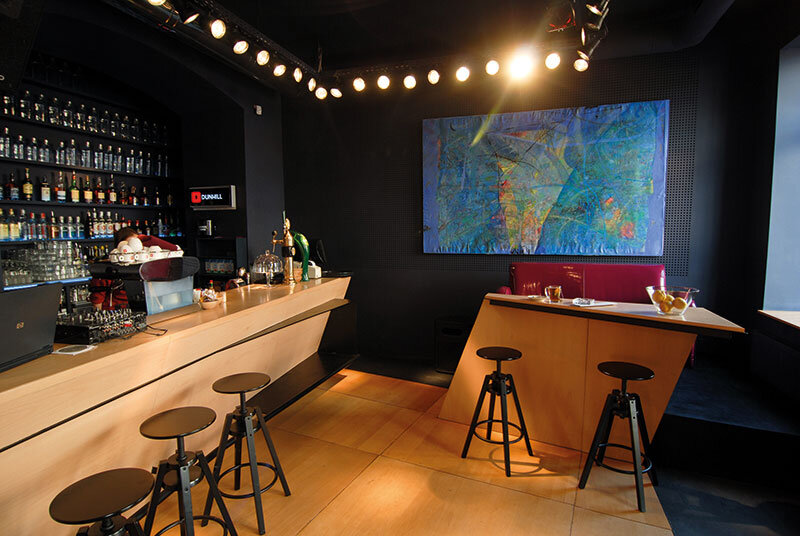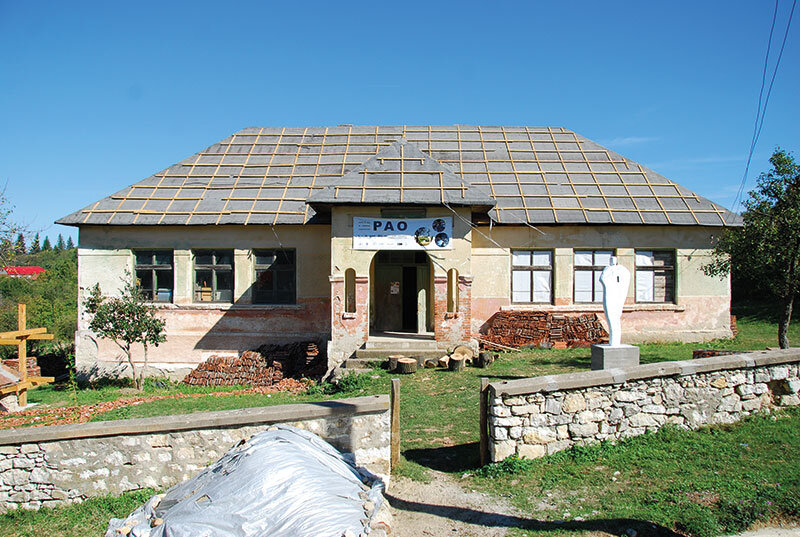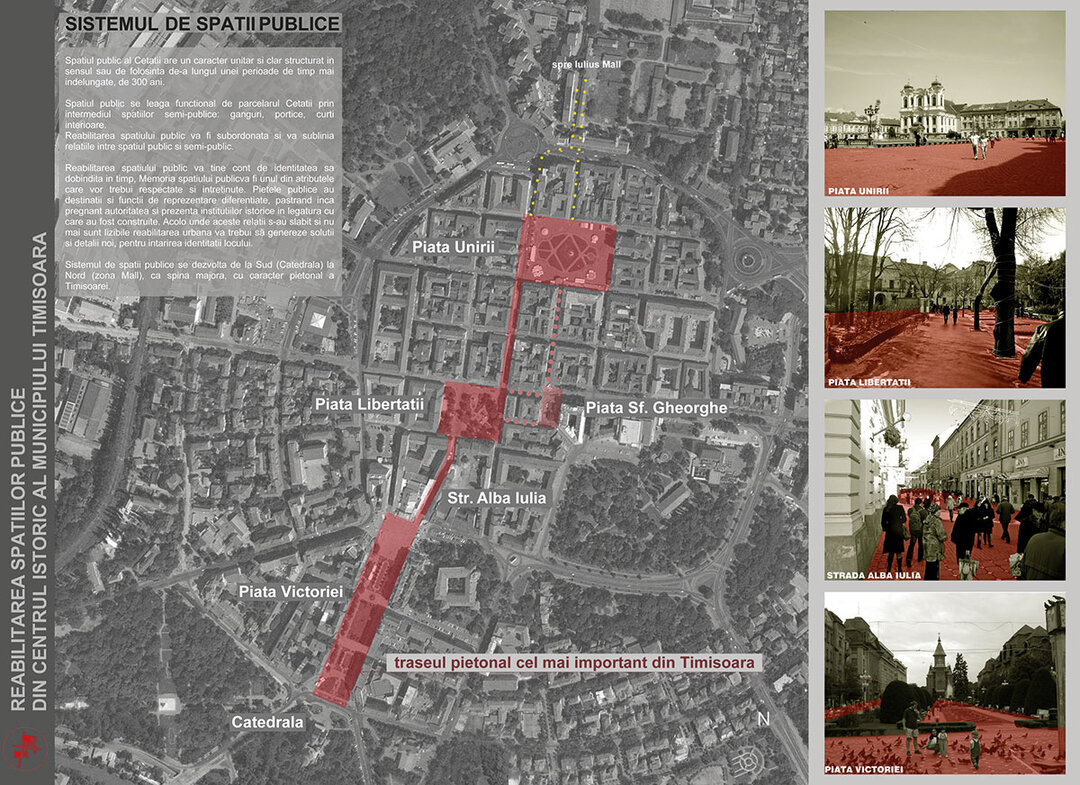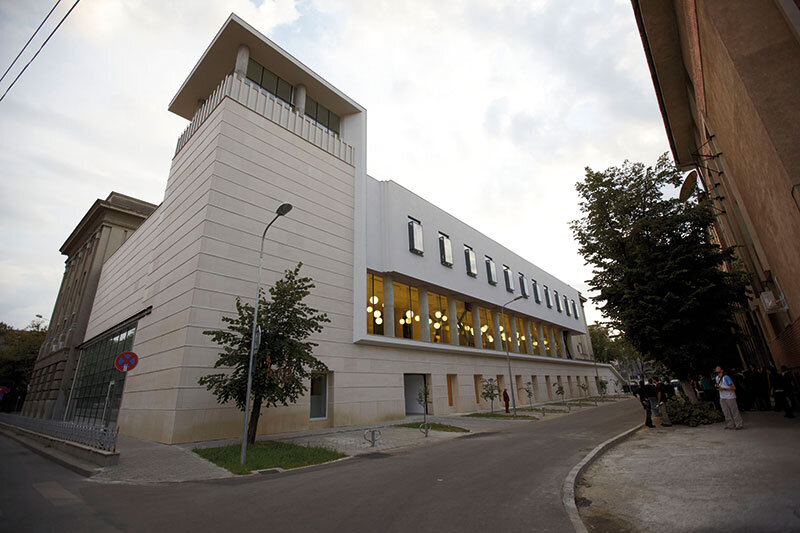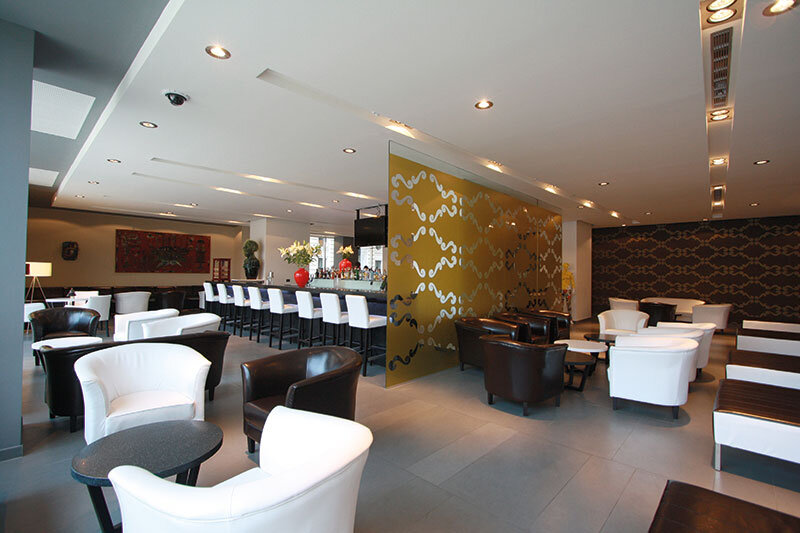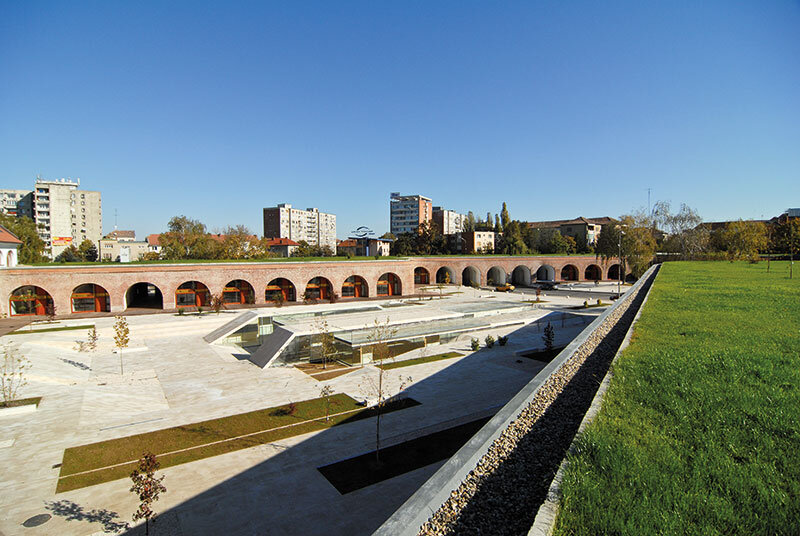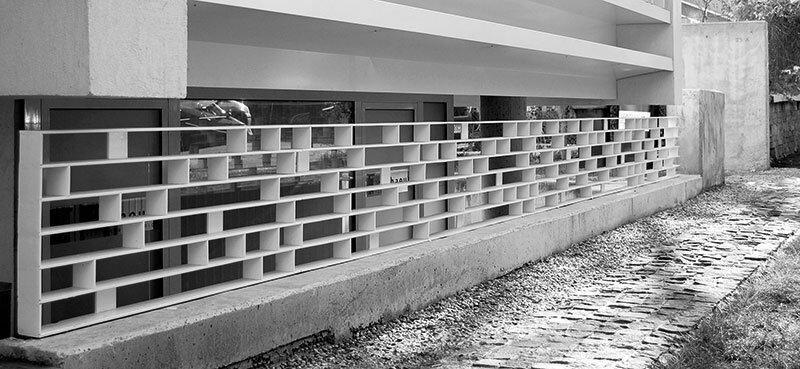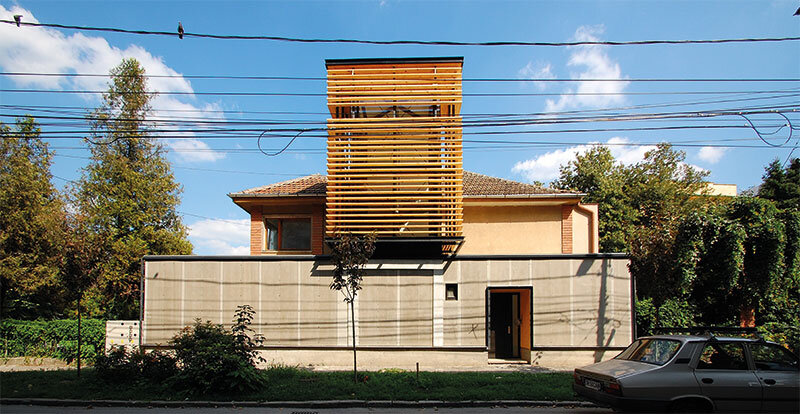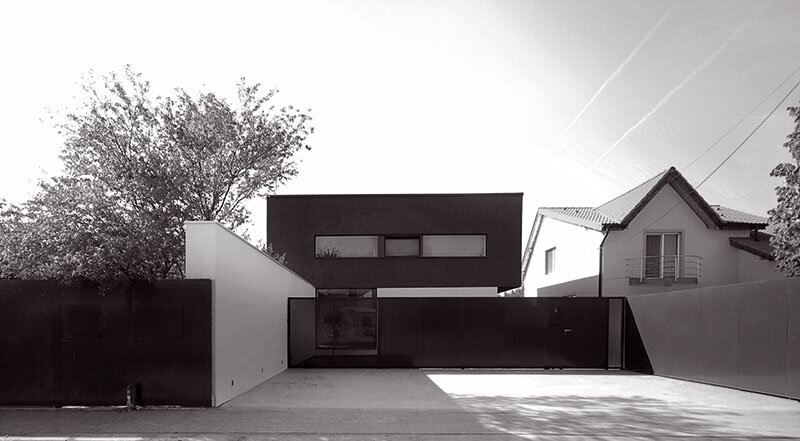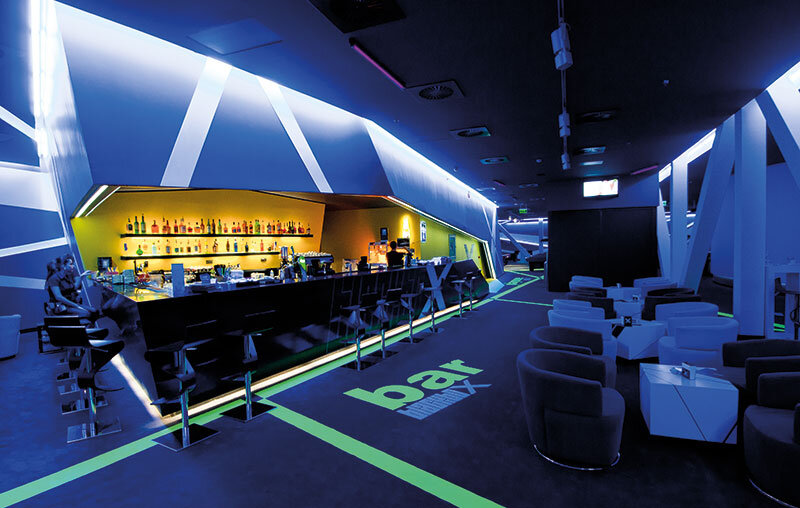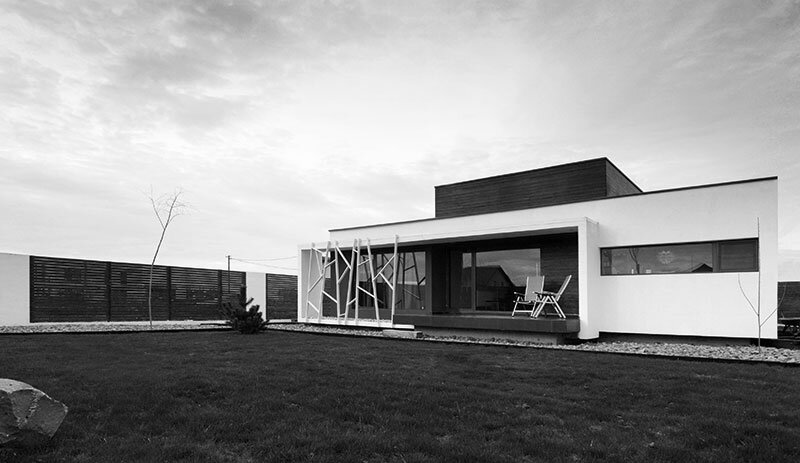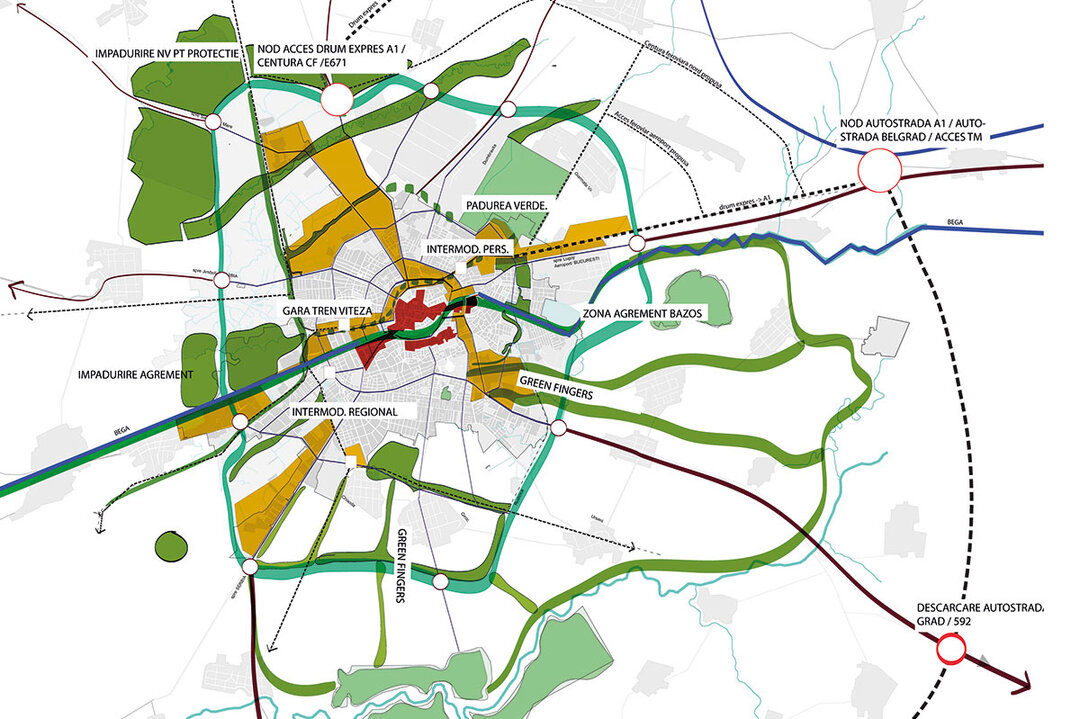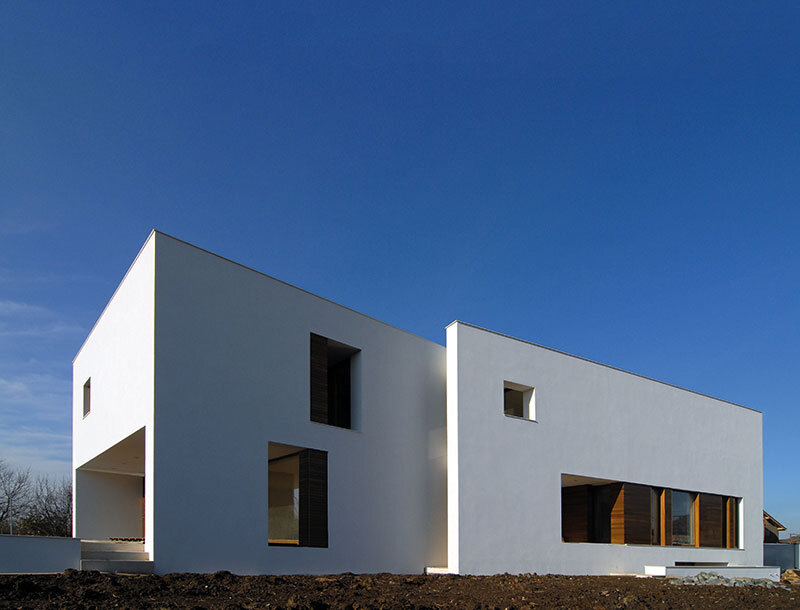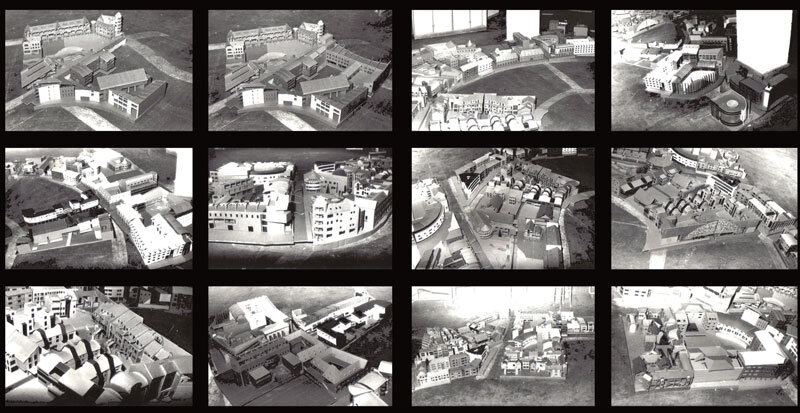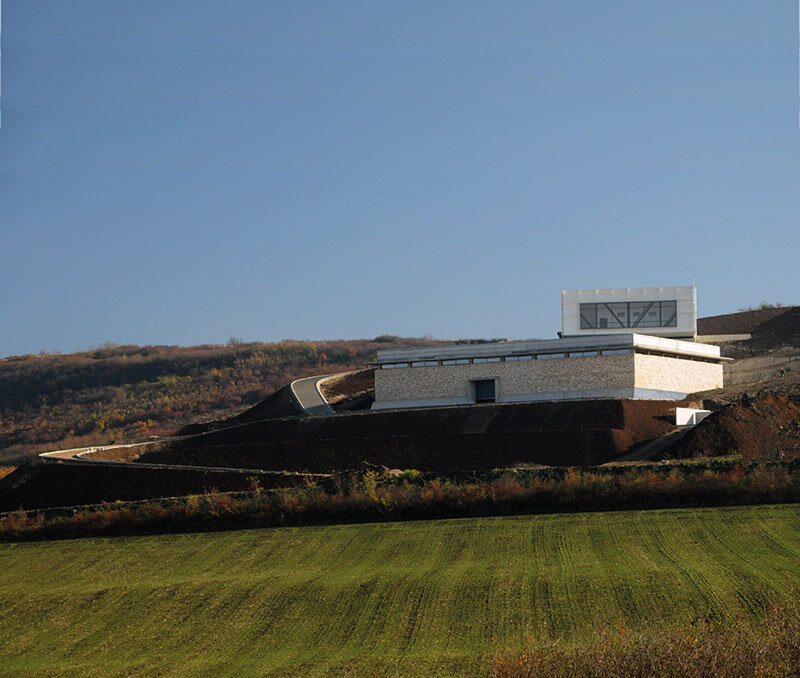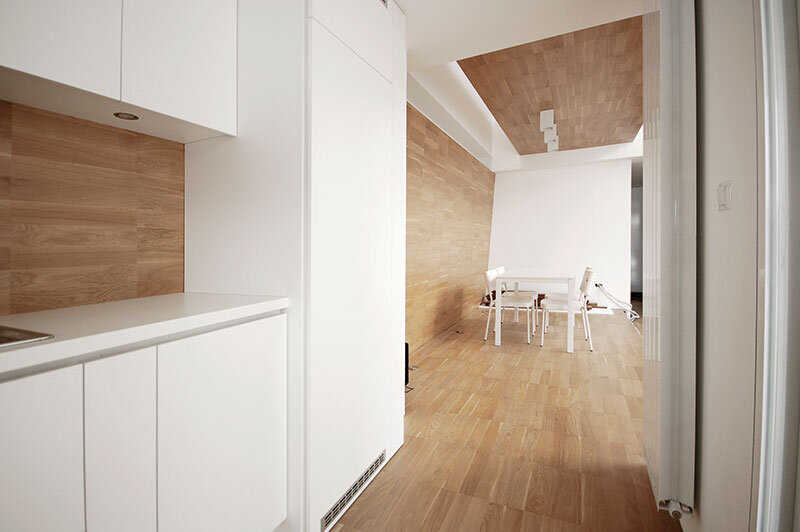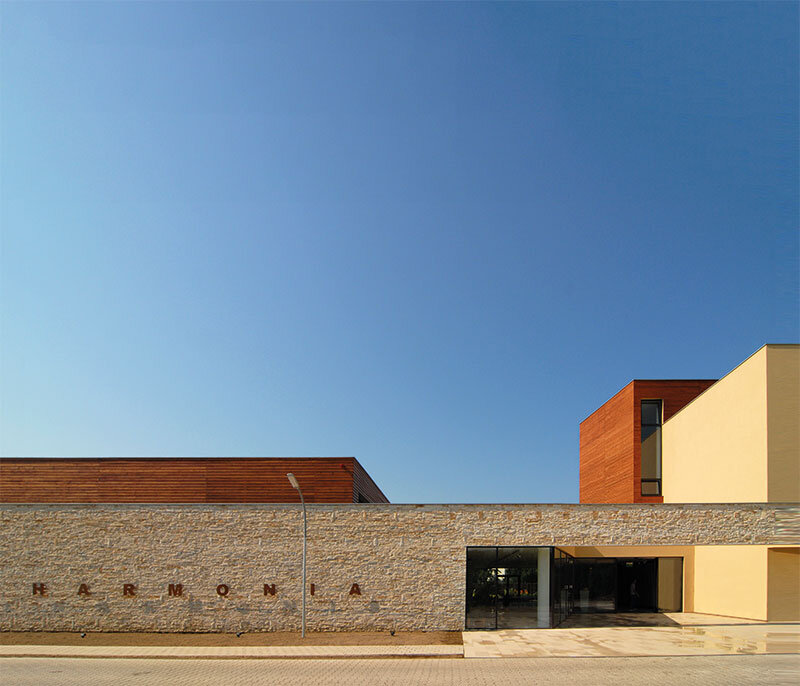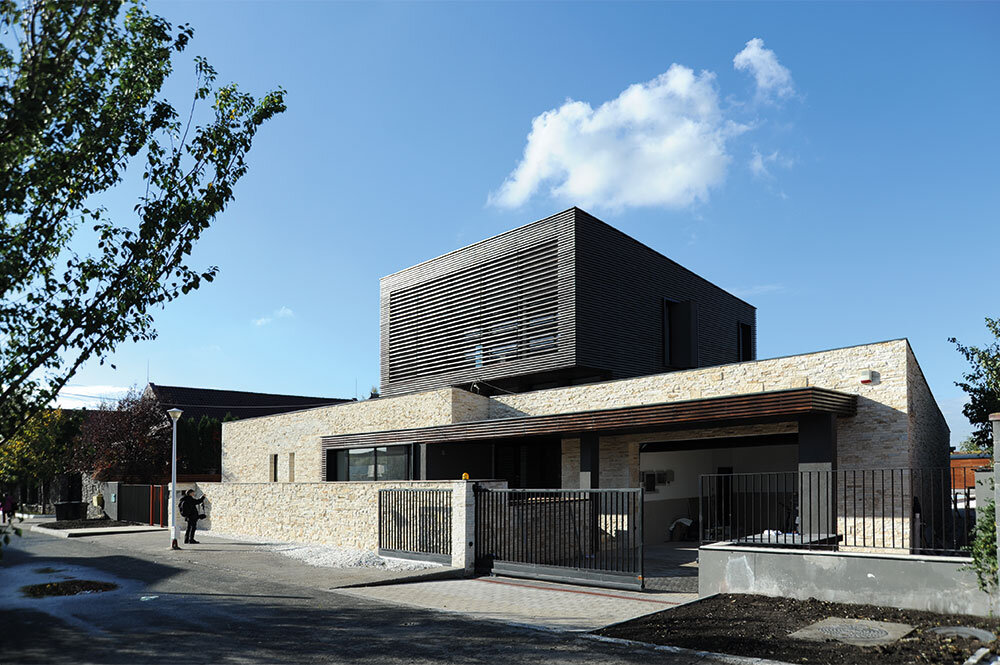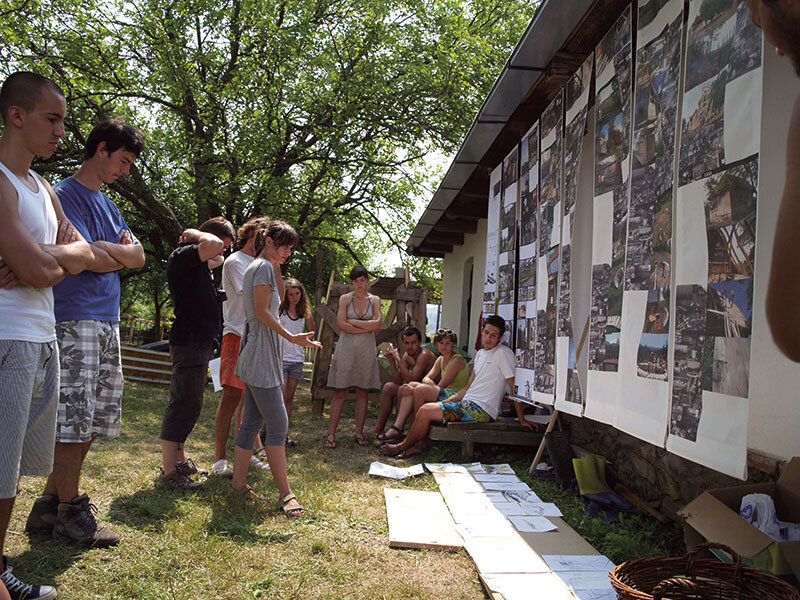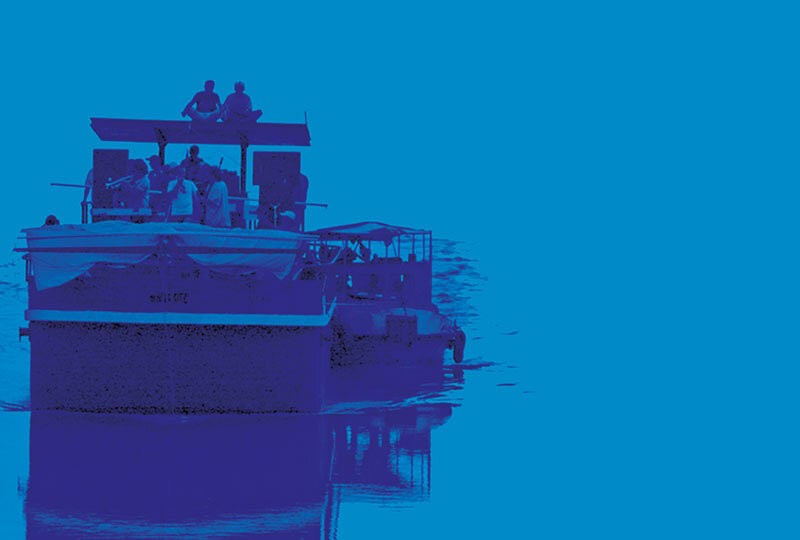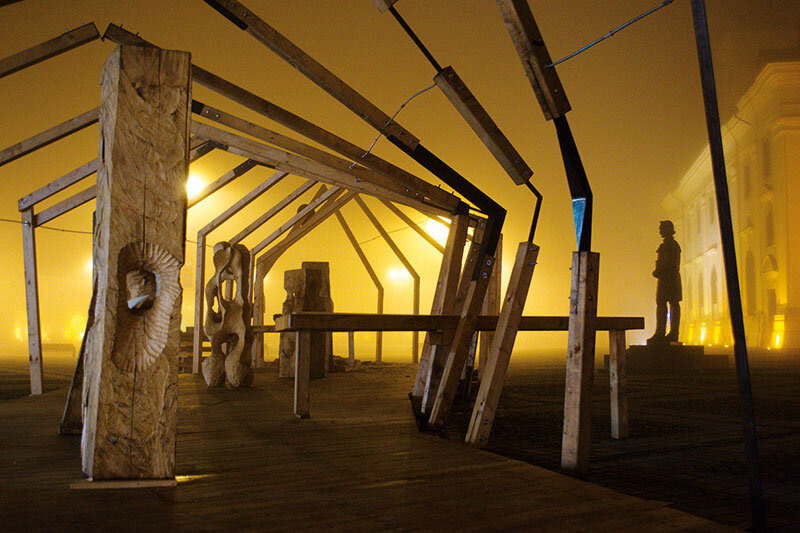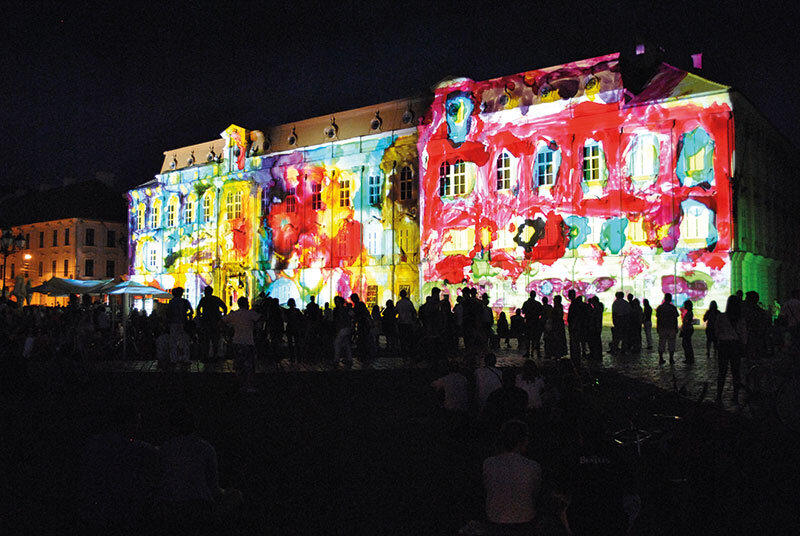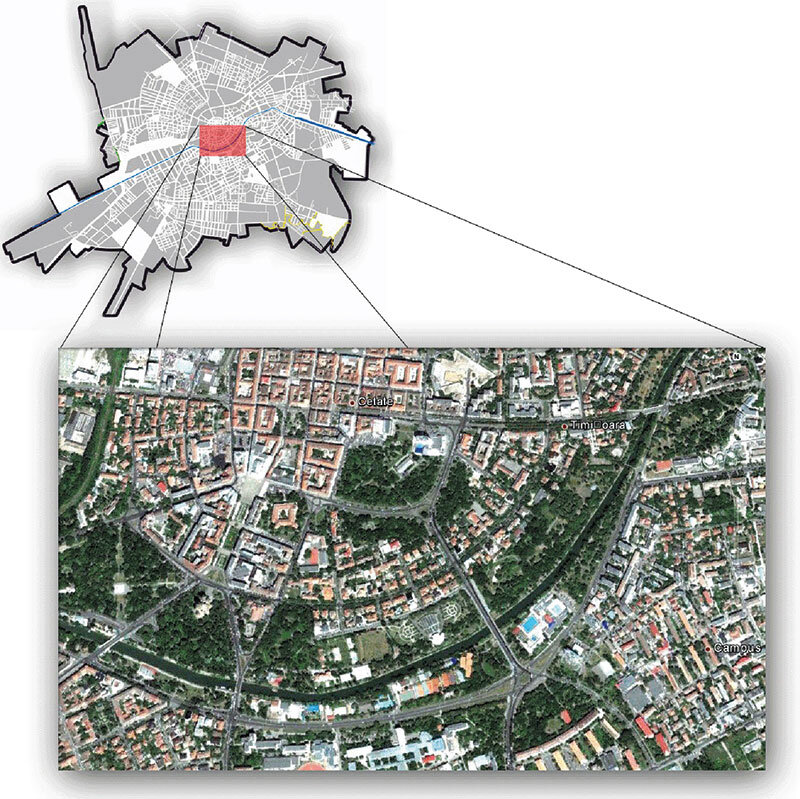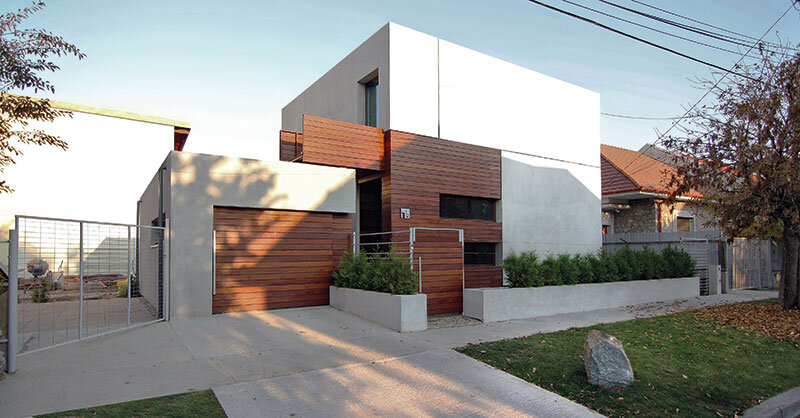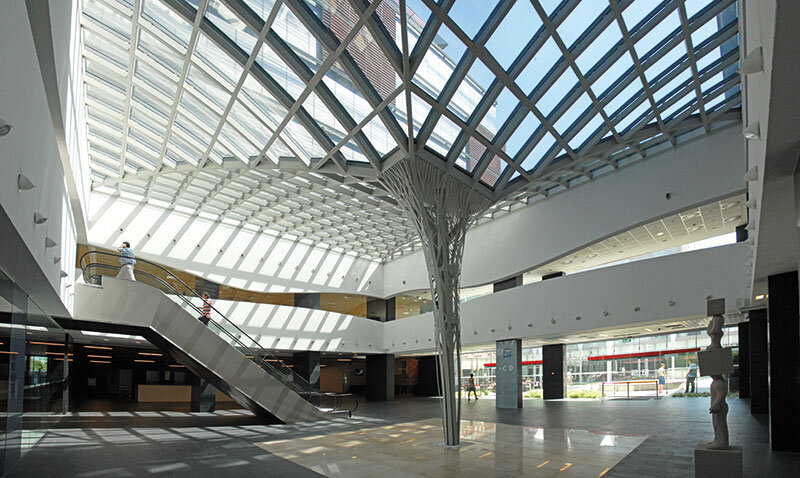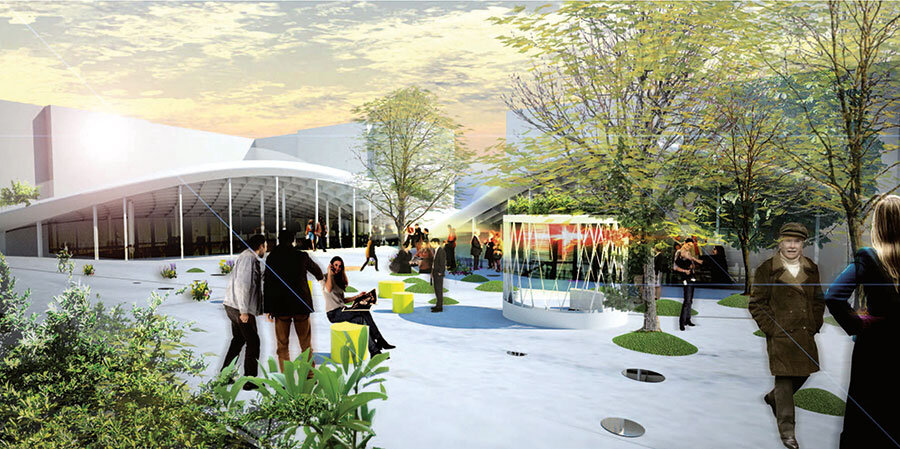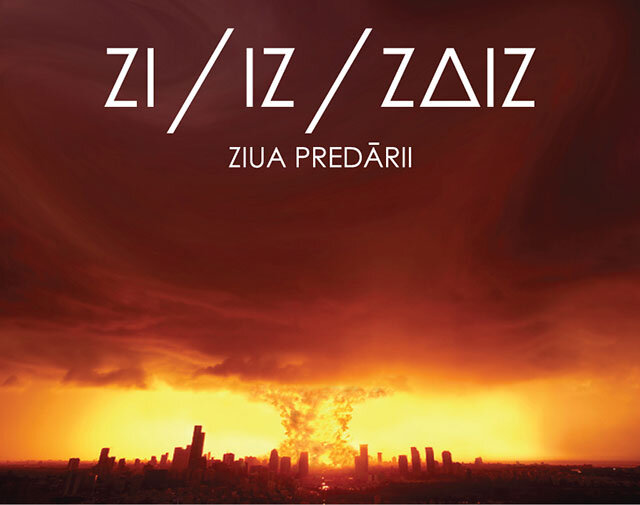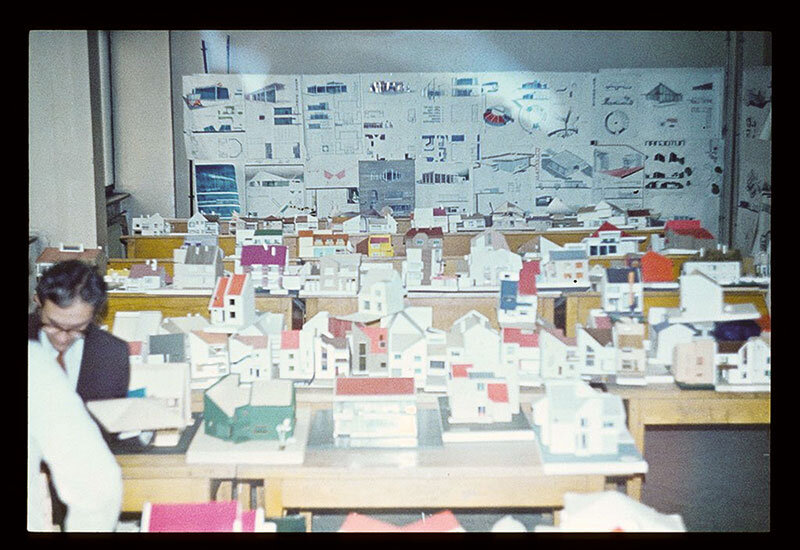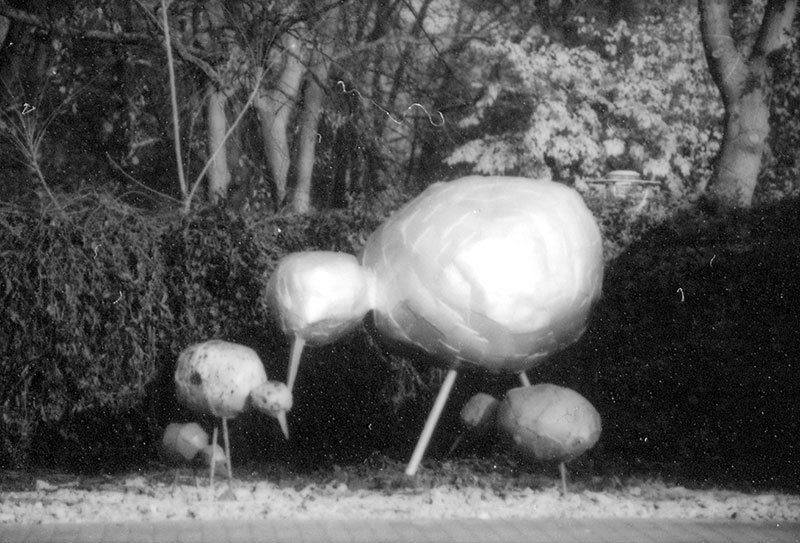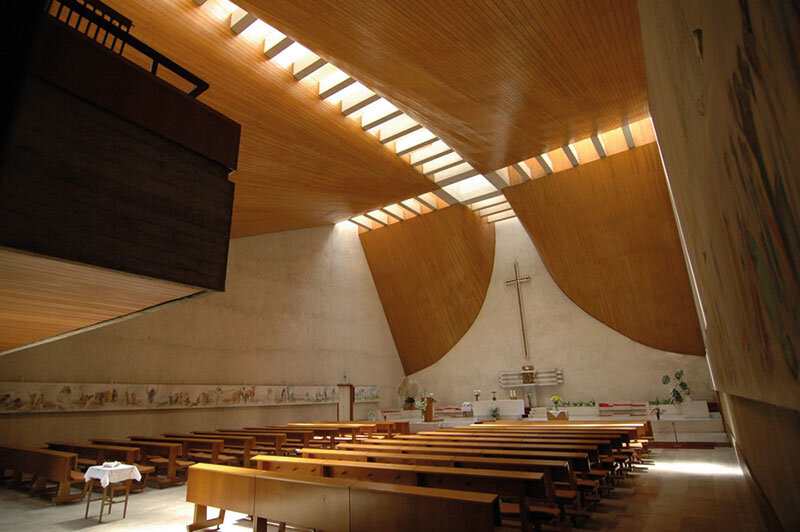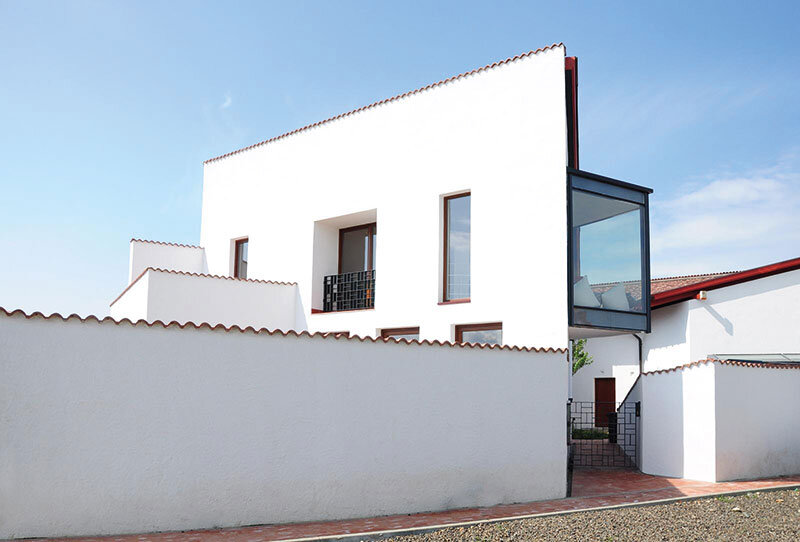
Architecture in Western Romania, between promises and certainties
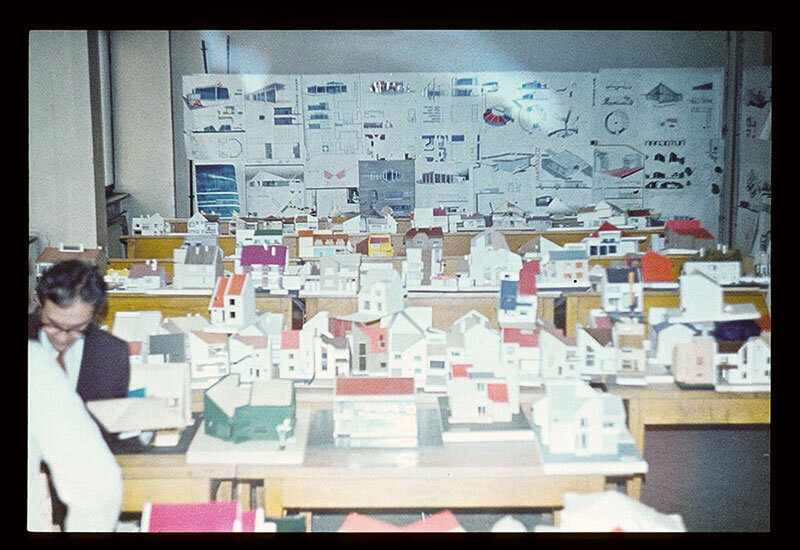
Timisoara, spirit of an avant-garde
The "Timișoara School of Architecture", although less well known, was considered, until a few years ago, the most important pole of contemporary Romanian architecture, different from Bucharest.
The multitude of nominations and awards obtained by architects from Timișoara has confirmed this status.
The reference to the past is, I think, to a large extent justified. We cannot fail to welcome the performances of Cluj and the Saxon ones in recent years, which are designed to balance the scales in terms of quality achievements in our contemporary architecture.
A typical edge city with a military-engineering and commercial tradition, Timișoara belongs to the family of Central European cities (between 1718 and 1918, an important city of the Austro-Hungarian Empire). Its multicultural, multiethnic, multi-confessional character and its strategic geographical location were important prerequisites that made Timișoara a vanguard city in many respects: in scientific research and new technologies, in the arts and in mentalities. Before 1989, Timișoara was an artistic avant-garde in Romania. The most famous rock group of the 60s and 80s, Pheonix, some of the most eloquent jazz instrumentalists and composers - Petru Oschanitzky and Paul Weiner, the group of writers around Sorin Titel and the group of German writers from Actions Gruppe Banat (W. Totok, R. Wagner, G. Ortinau) with whom Herta Müller is also close to, the visual artists Roman Cotoșman, Diet Sayler, Paul Neagu (internationally recognized personalities) and, last but not least, the group 111 - which became Sigma - of the artists Ștefan Bertalan, Doru Tulcan and Constantin Flondor, influenced by personalities such as Eduard Pamfil, a group that has left its mark on entire generations of artists and architects.
If we add to this list singular personalities such as Livius Ciocârlie in the field of literature or B. Marianov, V. Gaga or, above all, Petru Jecza in the world of sculpture, we complete a succinct picture from which there was no lack of valuable architects.
If the young architects Hans Fackelmann1, Sorin Gavra, Haralambie Cocheci, Gheorghe Gârleanu, Radu Grumeza, Cristea Miloș, Ștefan Iojică, followed by Vasile Oprișan, Nicolae Dancu, Ivan Stern, in the 60s and 70s, were in keeping with the patterns of the time (international style, "late modern"), later, in the 80s, the younger Șerban Sturdza, Mihai Botescu, Radu Radoslav etc. are approaching postmodern times, turning towards tradition, seeking new metamorphoses. In the early 1980s, a new generation (Ioan Andreescu, Dan Dancila, Vlad Gaivoronschi, Radu Mihăilescu, Adrian-Florin Ionașiu, Georgeta Trâmbițaș, etc.) joined this "stratum".), partially adhering to the postmodern current, at the same time rediscovering modernity, sometimes structured as a study group, participating in international symposia and competitions; alongside projects and achievements, carried out within the organized "socialist" framework of the IPROTIM Design Institute, a critical discourse, a different debate, which would continue after 1989 (in professional life, in the Faculty of Architecture, in the magazine De Arhitectură).
After 22 years
(...)
Read the full text in issue 1/2013 of Arhitectura magazine - Special issue Timișoara
Bibliographical references:
Carmen Popescu, Le style national roumain, Ed. Simetria, București, 2004.
Luminița Machedon and Ernie Scoffham, Romanian Modernism - The architecture of Bucharest 1920-1940, MIT Press, 1999.
Forgotten balance 1991 - Timișoara - 1996, Mostra Internationale di Architectura di Venezia, Ed. Simetria, Bucharest, 1996.
Contemporany Romania - TheXXIInd International Congress of Architecture, Istanbul 2005, Ed. Simetria, Bucharest, 2005.
Verlag Anton Pustet, Romania. Architectural Moments from the Ninteenth Century to the Present, Vienna, 2007.
NOTES:
1. Three years ago we commemorated the 30th anniversary of the death of one of the most important Romanian architects in the west of the country - Hans Fackelmann, occasion for an exhibition within the Annual of Architecture.

